Wondering how to save money on baking? Check out these budget friendly tips for allergy-friendly, gluten-free, and low carb baking.
Posts may be sponsored. This post contains affiliate links, which means I will make a commission at no extra cost to you should you click through and make a purchase. As an Amazon Associate I earn from qualifying purchases.

How to Save Money on Baking
Baking at home has always been a wonderful way to enjoy delicious treats, control ingredients, and save money. However, with rising grocery costs and special dietary needs like food allergies, gluten intolerance, and low-carb lifestyles, finding ways to bake affordably and meet dietary restrictions can be challenging. Fortunately, there are smart strategies and tips to make baking accessible, healthy, and affordable for everyone.
This guide will cover the following:
– Save Money on Baking
– Tips for Allergy-Friendly Baking
– Gluten-Free Baking Tips
– Low-Carb Baking Strategies
Let’s dive into each section, providing you with actionable tips to improve your baking, accommodate dietary restrictions, and save money.
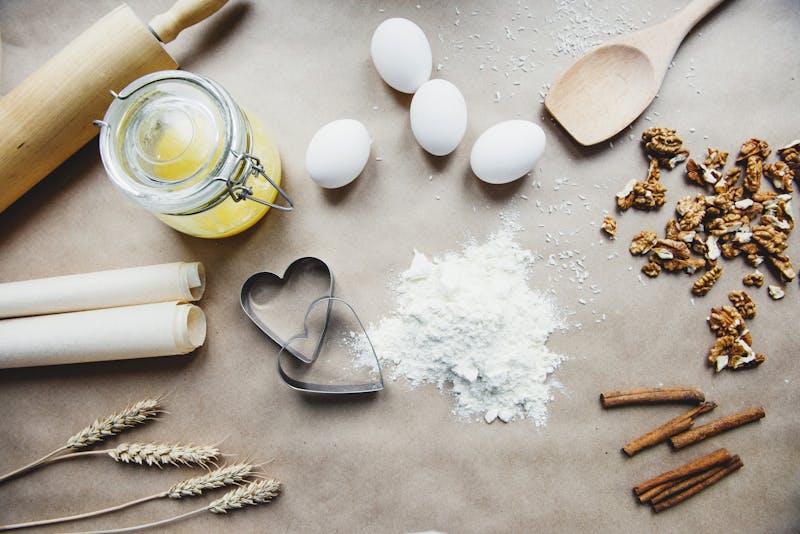
1. Save Money on Baking: Budget-Friendly Tips
Baking can be an expensive hobby if you’re not careful, especially when buying specialty ingredients. However, with a few smart shopping tips and substitutions, you can enjoy baking without breaking the bank.
Shop in Bulk
Buying ingredients in bulk is one of the easiest ways to save money on baking. Staples like flour, sugar, baking powder, and cocoa powder are often much cheaper when purchased in larger quantities. Many grocery stores and warehouse clubs offer these items at significant discounts when bought in bulk. Additionally, if you have storage space, bulk buying can help you prepare for months of baking projects at a fraction of the price.
Use Store Brands or Generic Products
Store brands often provide the same quality as name-brand products but at a lower price. For ingredients like flour, sugar, or butter, choosing the store brand can save you a significant amount of money over time. Always compare prices and check for any discounts.
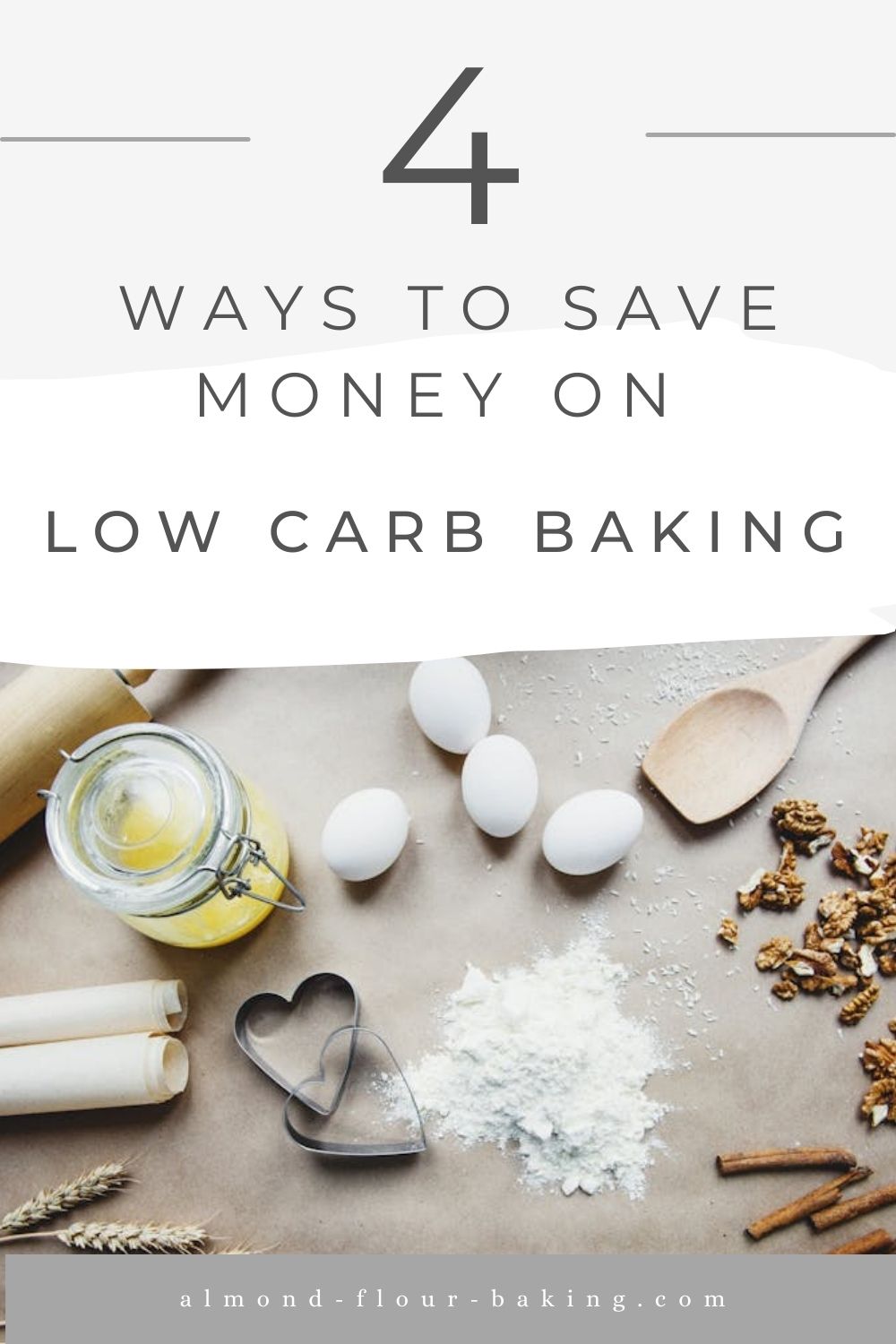
Substitute Expensive Ingredients
Some baking recipes call for expensive ingredients like vanilla extract or nuts. Here are some cost-effective alternatives:
– Vanilla Extract: Use a smaller amount or consider vanilla essence, which is cheaper but still delivers flavor.
– Butter: You can replace butter with cheaper alternatives like margarine or a mix of butter and oil without sacrificing too much texture or taste.
– Nuts: Opt for seeds like sunflower or pumpkin seeds, which are often less expensive and can add a similar crunch to your baked goods.
Plan Ahead for Sales
Keep an eye out for sales on baking supplies, especially around the holidays. Stock up on essentials like flour, sugar, and butter when they go on sale. Also, use coupons or cashback apps to save even more. Some stores even offer special promotions on bulk items, which can help bring down the overall cost of your baking supplies.
Limit Waste
Be mindful of using ingredients efficiently to reduce waste. For instance, measure your ingredients carefully and store perishables like butter and eggs properly to extend their shelf life. Freezing excess ingredients or leftover dough is also a great way to prevent waste and make future baking projects easier and cheaper.
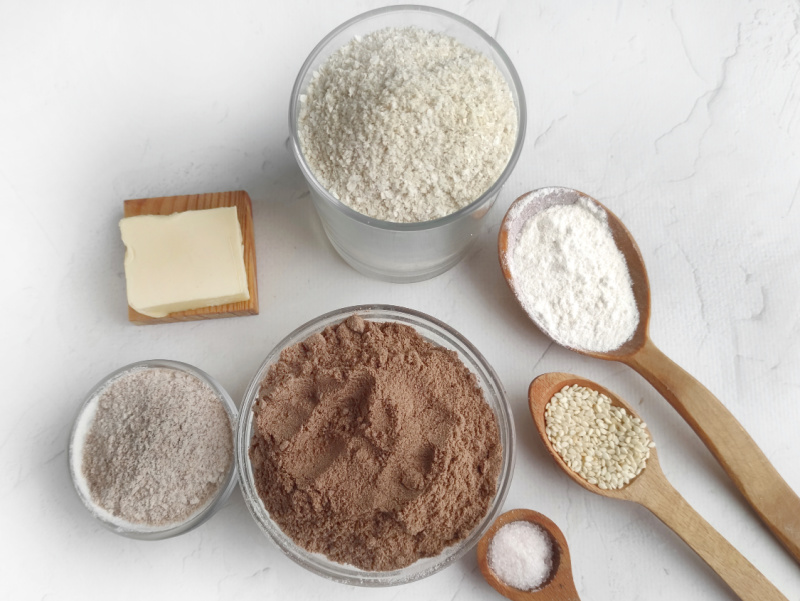
2. Tips for Allergy-Friendly Baking
Allergy-friendly baking is essential for anyone dealing with food allergies. Whether it’s for yourself or family members, accommodating different dietary restrictions doesn’t have to be difficult. Here’s how you can make baking safe for everyone:
Identify Common Allergens
Common baking allergens include:
– Dairy (milk, butter)
– Eggs
– Wheat
– Nuts
– Soy
Make sure to check all ingredient labels carefully, as allergens can hide in unexpected places. It’s always better to avoid cross-contamination by keeping allergen-free baking supplies separate from standard baking ingredients.
Substitute Allergens with Safe Alternatives
There are numerous allergen-friendly alternatives for common baking ingredients:
– Dairy-Free: Use almond milk, coconut milk, or oat milk in place of cow’s milk. For butter, plant-based margarines or oils can serve as good substitutes.
– Egg-Free: Flaxseed or chia seed mixed with water can replace eggs. Applesauce, mashed bananas, or commercial egg replacers are also good options.
– Nut-Free: Use seeds like sunflower seeds or pumpkin seeds instead of nuts, or simply omit the nuts if the recipe allows.
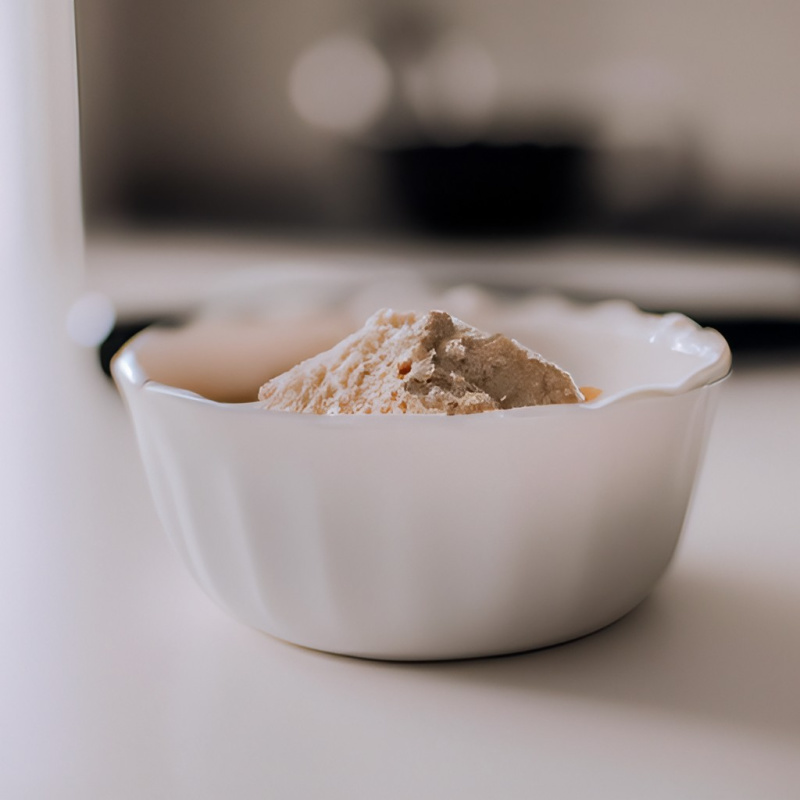
Use Allergen-Free Flours
If wheat or gluten is an issue, you’ll need to substitute all-purpose flour with a safe alternative. Oat flour, rice flour, or certified gluten-free flour blends are excellent substitutes for wheat flour in allergen-friendly baking.
Invest in Allergen-Friendly Baking Tools
Cross-contamination is a significant concern in allergy-friendly baking. Use separate baking tools like mixing bowls, utensils, and pans exclusively for allergen-free recipes. Labeling them can help avoid confusion.
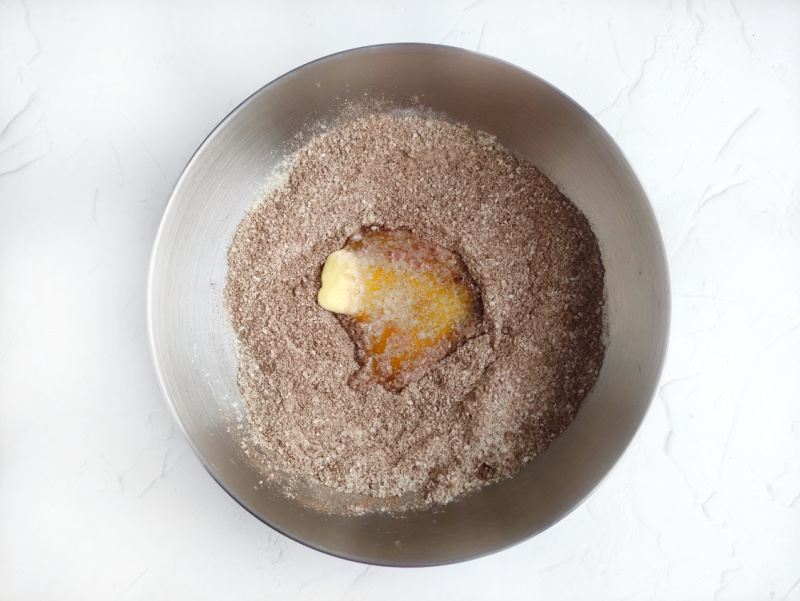
3. Gluten-Free Baking Tips
For those with celiac disease or gluten intolerance, gluten-free baking can seem like a challenge, but it doesn’t have to be. With the right ingredients and techniques, you can create delicious gluten-free treats.
Use Gluten-Free Flours
When baking gluten-free, one of the first things to address is the flour. Fortunately, there are many excellent gluten-free flours available today, including:
– Almond Flour
– Coconut Flour
– Rice Flour
– Tapioca Flour
– Chickpea Flour
You can also buy pre-made gluten-free flour blends that are specially formulated to mimic the properties of wheat flour in baking. When using single-ingredient flours like almond or coconut, you may need to combine them with other gluten-free flours to get the right texture.
Add Binders
Gluten is responsible for providing structure to baked goods, so when you remove it, you need to replace it with a binding agent. Common binders for gluten-free baking include:
– Xanthan Gum
– Psyllium Husk
– Ground Flaxseeds
These ingredients help improve the texture of gluten-free bread, cakes, and cookies, giving them a similar consistency to their gluten-containing counterparts.
Adjust Baking Time and Temperature
Gluten-free baking may require a little adjustment in terms of baking time and temperature. Gluten-free baked goods often need to be baked at a slightly lower temperature for a longer period to ensure they cook through without burning.
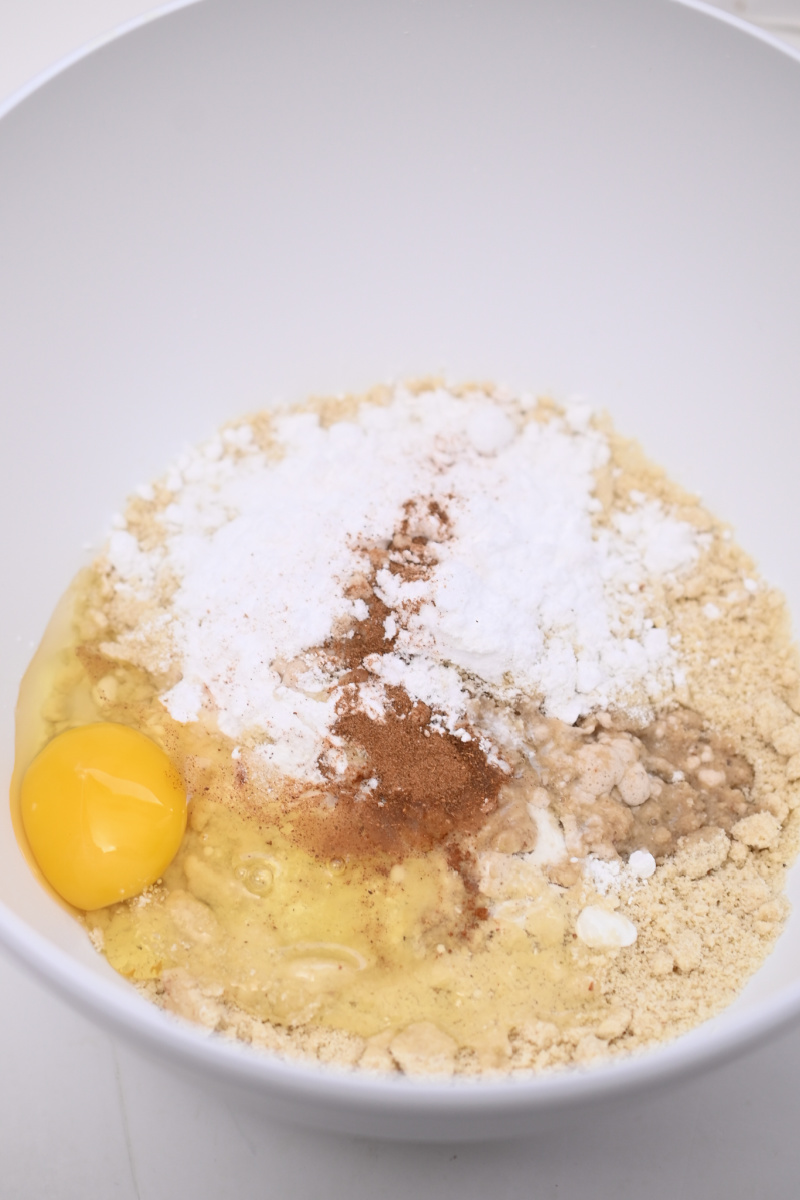
4. Low-Carb Baking Strategies
For those on a low-carb diet, baking can seem almost impossible since traditional baked goods are often carb-heavy. However, there are excellent ways to enjoy low-carb versions of your favorite treats.
Low-Carb Flour Substitutes
Traditional flours like all-purpose and wheat flour are high in carbohydrates, so you’ll need to replace them with low-carb alternatives. Popular low-carb flours include:
– Almond Flour: Low in carbs and rich in healthy fats.
– Coconut Flour: Very absorbent, so you need to use less.
– Flaxseed Meal: Adds a nutty flavor while keeping carb counts low.
Use Sugar Substitutes
Since regular sugar is high in carbs, you’ll want to replace it with a low-carb sweetener. Here are a few common options:
– Stevia: A plant-based sweetener that is carb-free.
– Erythritol: A sugar alcohol that doesn’t spike blood sugar levels.
– Monk Fruit: Another natural, low-carb sweetener often used in keto recipes.
Add More Protein
To help keep low-carb baking satiating and balanced, adding protein is key. You can incorporate ingredients like protein powder, eggs, or Greek yogurt to give your baked goods a protein boost, keeping you fuller for longer.
Experiment with Fats
Low-carb baking often involves higher fat content, which provides moisture and richness. Use healthy fats like coconut oil, butter, or avocado oil in your low-carb baked goods to ensure a delicious texture and flavor.
By following these tips, you can bake delicious, allergy-friendly, gluten-free, and low-carb treats without overspending. Whether you’re accommodating dietary restrictions or just looking to save money on baking, this guide offers plenty of ideas to keep your kitchen creative and budget-friendly.
Ellen is a busy mom of a 25-year-old son and 29-year-old daughter and a grandma to an adorable girl. She owns 6 blogs and is addicted to social media. She shares simple tips and recipes for baking with almond flour. If you’d like to work together, email [email protected] to chat.
